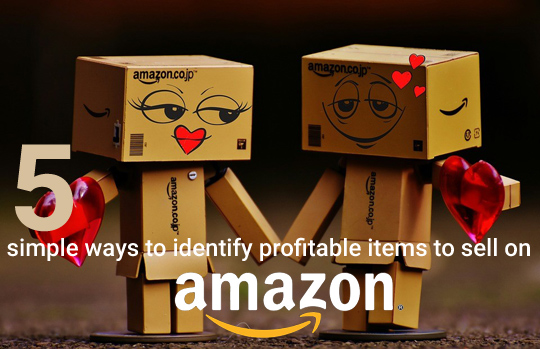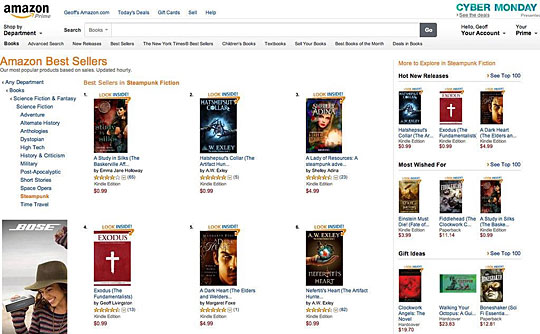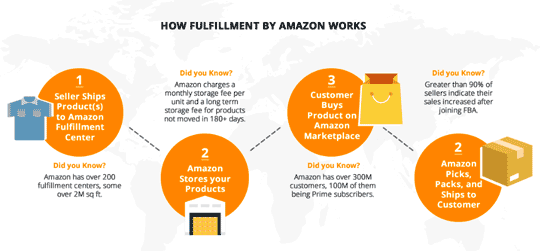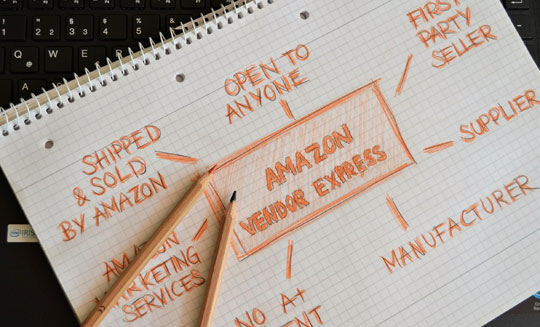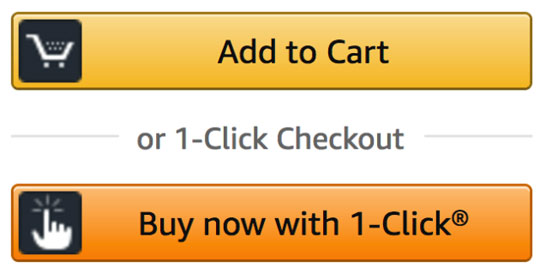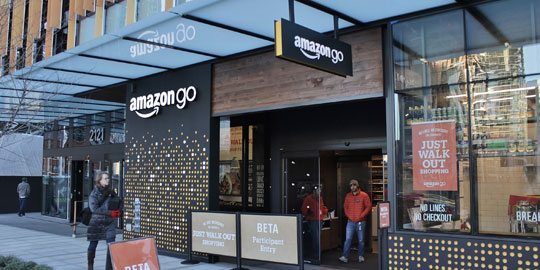It can be tricky when you begin selling on Amazon to keep everything straight. It’s a large marketplace with a lot of variables that play into how you’re going to succeed. You may already know some things about selling online, like how important social media is for marketing. But there’s a lot left to learn to make sure you can sell well.
If you are just starting out you need to figure out some items that are going to be profitable to sell. Sometimes you can test out a product’s appeal by using social media influencers to see if your sales will improve after they show off whatever you are thinking about making a permanent part of your lineup.
Even with that approach, it can still be tricky to know if you’re selling items that are turning a strong profit. When you take the time to research and seek out better items you can reassure yourself that you are on the right track with your business by following these tips.
Here are five simple ways to identify profitable items to sell on Amazon:
1. Check Out The Best Selling List
When you’re trying to figure out the best items to sell it’s a great idea to start with the best selling lists. Each and every Amazon category (i.e. Toys and Games, Books, Home and Kitchen) will have a “Top 100 Best Selling List” available for you to peruse.
Not only that but you can even get more specific into subcategories so that you can properly figure out which items people are actually buying on Amazon. These lists are updated hourly so if you dedicate some time to checking the lists regularly it should be fairly evident which items are the most popular and should give you an idea of what you should look into further.
2. Dig A Little Deeper
Once you have figured out a few items that are consistently top sellers you need to learn as much about those items as possible. Each individual listing will be crucial to your better understanding of whether you should break into the market.
Before you get too far into your research it’s also important to understand how listing fees will affect your profitability. That means you’ll need to use tools like an FBA Amazon fee calculator while you’re digging deeper into what is selling well and how much competition is out there.
Look to see whether or not Amazon itself is not selling the item. If it’s a best seller and not sold by Amazon, that could be a really good sign the item is a profitable one. You can check to see how many sellers are selling that item. Under 10 sellers is good, but under 5 is even better!
It is also important to see how many sellers are already using a Fulfilled by Amazon (FBA) selling agreement. Customers tend to trust when Amazon itself is shipping the products so if there aren’t any sellers currently using FBA, then you should certainly consider that item as potential additions to your seller’s list.
Under 5 FBA sellers is still fine but when the number gets much higher you can be relatively certain the market is saturated and you should move down your list to another item Tracking this will take time to figure out but when you find the sweet spot it can pay off for your business in a big way.
3. Contact The Supplier
After you’ve narrowed down some items that you think would be successful you have to find out whether you can actually obtain the items to sell. This is probably the most important point because it doesn’t matter how wonderful an item is or if no one else is selling it, in fact, the reason no one is selling maybe because no one can find it in the first place!
Do a simple search to reveal the brand or manufacturer, then go to their website and see if they have a wholesale department. You can typically find out whether they do wholesale on the footer of the website but if the information isn’t readily available don’t lose heart.
Sometimes a phone call can get you in contact with the right area of a business if the webpage isn’t getting you where you want to go. Making a personal connection with a manufacturing brand can benefit you both so it is certainly worth a try. Remember they want their product to sell as well so all parties stand to gain from you touching base with them.
Email is also an effective way to reach out to a supplier. With your initial email, it is important to prove you are a potential buyer of their items and would like to be in contact with them. Some companies, especially smaller ones, may prefer email contact over phone calls as they can reply no matter the time of day.
Once you have established a good rapport, you can come to a financial agreement with a wholesaler contact agreement. Be sure that you look over the agreement carefully, there is no one size fits all contract and you want to ensure that you understand everything that is being asked of you by the supplier.
4. Begin To Sell Your Items
There’s really no better way to see if you will turn a profit than to begin actually selling your product on Amazon. Get your listing live and find out if your research has paid off for you. You should allow an item about 60-75 days before you come to any immediate conclusion.
Obviously, if you sell out of inventory in a week, you will know quickly that you’ve hit on the right item to sell, but if there seems to be a lag early on don’t loose heart until you’ve given the item a decent amount of time to prove itself. By the time you’ve gone live with a listing, you have done enough research to back up your decision to sell the item so trust yourself.
If after 60 days you don’t feel like the item is worthwhile for you to continue selling then do not continue to buy more stock and remove the product from Amazon. If it is profitable, you will certainly want to continue selling it so be sure your own inventory isn’t running low.
5. Offer Promotions
You can encourage sales of your items by tweaking the price to stay competitive. When your listing is priced lower (even slightly) than other sellers, buyers will be more inclined to purchase from you which will garner you higher sales overall.
Be sure your item is actively appearing in searches and double-check the SEO of the item. Double-check your keywords to be certain you mention the brand, size, and color of the item. If a customer can’t find your listing they cannot buy from you so it is worth your while to be sure you’ve got it right. There are many tools you can use to help your listing procure more hits.
You may consider whether you want to have a promotion on your listing to appeal to the bargain shoppers. Everyone loves to get a good deal so feel free to offer one to them. A lot of times a deal as simple as “Save 10% with the purchase of two” will entice a shopper to buy, and move your inventory out the door even faster than you imagined.
Not every seller uses Amazon promotions on their listings so it is an easy way to stand out from other sellers and prove that your profitable item really is profitable. Especially if you are competing with others who have done the same research as you, you need to stand out. The more you sell, the higher your listing will be and that can only continue to benefit you.
Conclusion
When your current items on Amazon are feeling state and you want to break into a different category altogether it is a great idea to thoroughly research what items you may want to include in the future. While the entire process can be time-consuming it can definitely pay off when your sales start shooting through the roof.
Following these tips is not a guarantee that you will find success in the Amazon Marketplace but it can certainly be a launching board for you to determine what may work for your business best and prove to be profitable in the long run.
[Images: Main – Pixabay by Alexas Photos; Plan photo by Tobias Dziuba from Pexels; Amazon Shop – SounderBruce, CC BY-SA 4.0 via Wikimedia Commons]
Gabe NelsonI works with Synccentric where they offer resources and guides aimed to help bloggers in the online marketing niche to help engage readers with valuable content.
